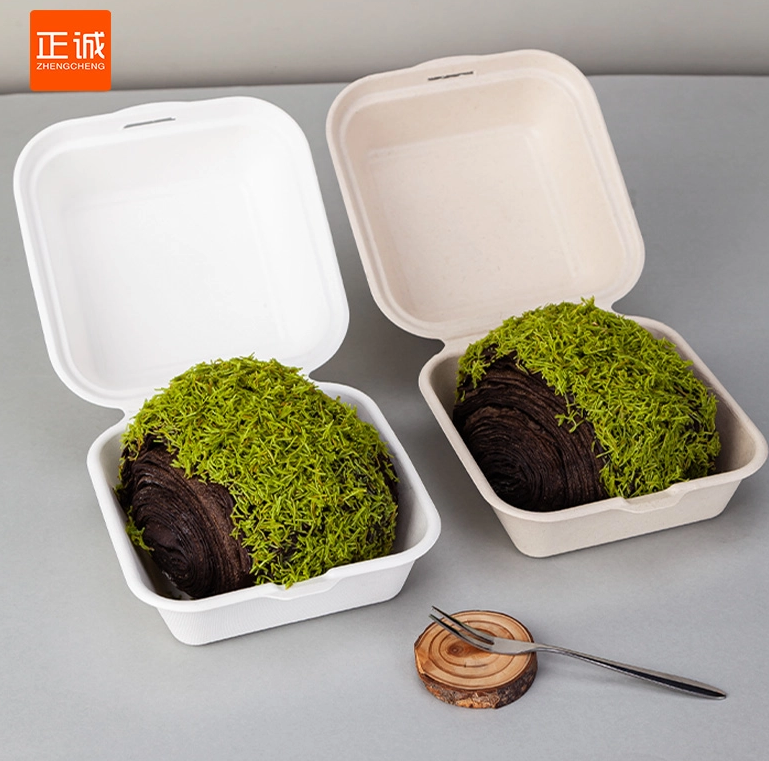Granite, a widely revered igneous rock, is not only celebrated for its aesthetic appeal but also for its remarkable durability and versatility. As a cornerstone of construction and design, understanding the mineral composition of granite fine is essential for geologists, architects, and builders alike. This article delves into the intricate world of granite fine, exploring its mineral constituents, their properties, and their significance in various applications.
The Composition of Granite Fine
Granite is primarily composed of four main minerals: quartz, feldspar, mica, and amphibole. Each of these minerals contributes unique characteristics to the granite fine, influencing its color, texture, and overall performance.
- Quartz:
- Properties: Quartz is the most abundant mineral in granite, typically constituting about 20-60% of its composition. It is renowned for its hardness (7 on the Mohs scale) and chemical inertness, making it resistant to weathering and erosion.
- Significance: The presence of quartz enhances the durability of granite fine, making it an ideal choice for countertops, flooring, and other high-traffic areas. Its crystalline structure also contributes to the aesthetic appeal of granite, providing a sparkling effect when polished.
- Feldspar:
- Properties: Feldspar is a group of minerals that includes orthoclase, plagioclase, and microcline. Together, they can make up 10-65% of granite's composition. Feldspar is characterized by its glassy luster and can vary in color from pink to white, depending on its type.
- Significance: Feldspar plays a crucial role in the formation of granite fine, influencing its color and texture. The varying proportions of feldspar can create stunning visual contrasts, making granite a popular choice for decorative applications.
- Mica:
- Properties: Mica, primarily in the form of biotite and muscovite, typically constitutes about 5-10% of granite. Mica is known for its layered structure, which allows it to be split into thin sheets. It exhibits a range of colors, including black, brown, and silver.
- Significance: The presence of mica imparts a distinctive sheen to granite fine, enhancing its visual appeal. Additionally, mica contributes to the rock's flexibility and resistance to thermal shock, making it suitable for various applications, including cladding and flooring.
- Amphibole:
- Properties: Amphibole minerals, such as hornblende, are less abundant in granite, typically comprising about 5-10% of its composition. They are characterized by their elongated crystals and dark colors.
- Significance: While amphibole may not be as prominent as other minerals, it adds to the overall strength and stability of granite fine. Its presence can also influence the rock's thermal and acoustic properties, making it suitable for specific engineering applications.
The Role of Accessory Minerals
In addition to the primary minerals, granite fine may contain various accessory minerals, such as zircon, apatite, and tourmaline. Although these minerals are present in smaller quantities, they can significantly impact the rock's properties and applications.
- Zircon: Often found in trace amounts, zircon is valued for its durability and resistance to weathering. It is commonly used in geological dating and can provide insights into the history of granite formation.
- Apatite: This phosphate mineral can influence the chemical properties of granite fine, particularly in terms of nutrient content. Its presence can be beneficial in landscaping and agricultural applications.
- Tourmaline: Known for its wide range of colors, tourmaline can enhance the aesthetic appeal of granite fine. It is often used in decorative stone applications, adding a unique touch to countertops and tiles.
Practical Applications of Granite Fine
Understanding the mineral composition of granite fine is not merely an academic exercise; it has practical implications across various industries:
- Construction: The durability and aesthetic qualities of granite fine make it a preferred choice for building materials, including facades, flooring, and countertops. Its resistance to weathering ensures longevity in outdoor applications.
- Landscaping: Granite fine is often used in landscaping projects, such as pathways, retaining walls, and decorative features. Its natural beauty and strength make it an ideal choice for enhancing outdoor spaces.
- Art and Design: The unique colors and textures of granite fine allow for creative expression in art and design. Sculptors and artisans often choose granite for its workability and visual appeal.
Conclusion
Granite fine is a complex amalgamation of minerals, each contributing to its unique properties and applications. From the hardness of quartz to the aesthetic appeal of mica, understanding the mineral composition of granite fine is essential for making informed choices in construction, landscaping, and design. As we continue to explore the geological wonders of granite, we uncover not only its beauty but also its invaluable role in our built environment. Whether you are a professional in the field or a curious enthusiast, appreciating the mineral makeup of granite fine can deepen your understanding of this remarkable rock.







+ There are no comments
Add yours